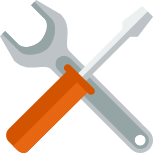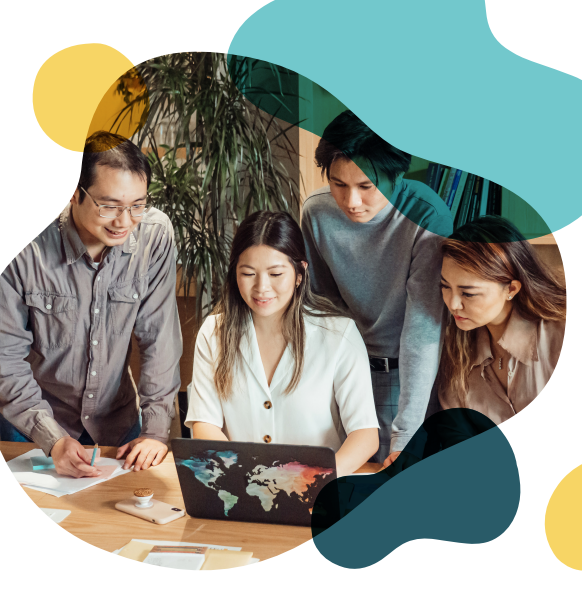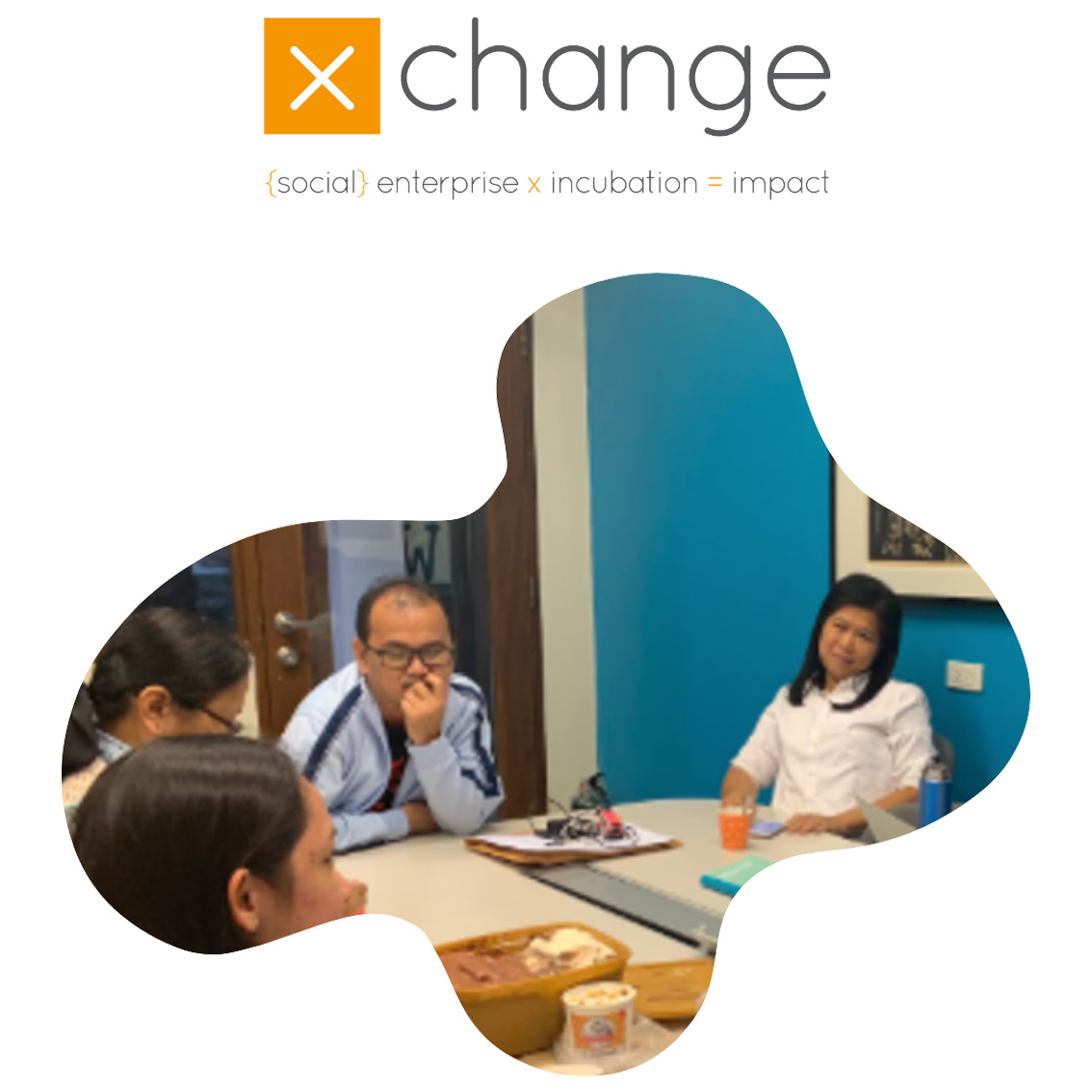GLIA Toolkit...





The Gender Lens Incubation and Acceleration (GLIA) toolkit is an interactive resource, to guide accelerators and incubators (or ‘intermediaries’) through the journey of uncovering how our activities impact, and are experienced by, different gendered groups. This toolkit will equip us as intermediaries with the mindset, strategies, and frameworks to amend and improve both our organisation and program to increase accessibility and inclusivity of our work by all genders.



At present, entrepreneurship, like all parts of society, is an uneven playing field. It is not equally accessible by, or inclusive of, people of different genders. Other factors like ethnicity, language and personality type also affect the opportunities people have, but gender is our focus because the issues associated are so pervasive.
By addressing these issues, making support more inclusive, and making entrepreneurship more accessible, we can realise the full economic and impact potential that comes from engaging all genders equally.
As intermediaries, we work directly and deeply with entrepreneurs as well as the ecosystem that supports them. In doing so, we are in a unique position of power. We have the opportunity to drive and influence gender-equitable change by identifying and solving for disparities and gaps that exist between people of different genders.
This can be done using two distinct approaches:
By creating equal access to our programs and organisations to all genders, and fostering an inclusive environment that responds to their needs and unlocks their skills, experience, and potential.
By influencing the broader entrepreneurial ecosystem in our respective regions to consider gender within their activities, whether it’s our government’s policies or our investors’ investment theses, to promote larger-scale change.

By using a combination of both direct and indirect approaches, we will be able to increase participation of all genders within our work, helping us to better meet our desired business and impact outcomes, and unlocking greater potential for all entrepreneurs (see Gender and Sustainability section for further details).


The Gender Lens Incubation and Acceleration (GLIA) toolkit can help us as intermediaries to gain a better understanding of:

How to make our organisational culture, structure and operations more inclusive to all genders

How to design our incubator and accelerator programs so that they benefit, and generate value from, people of all genders

How we can play a more active role in supporting and advocating for people of all genders in the broader entrepreneurial ecosystem
This report shares the progress and trends for inclusive entrepreneurial ecosystem development and the impact of the GLIA program (toolkit and trainings) in contributing to gender-focussed knowledge transfer including peer-peer learning, ecosystem-level progress and real-world applications by ecosystem players including practitioners, ecosystem builders and funders.

xchange is an impact investor and incubator in early-stage social enterprises in the Philippines. Our mission is to assist in the emergence of the entrepreneurial impact ecosystem in the Philippines.
“We felt that in order for xchange to have the credibility to promote the application of a gender lens in our engagements with the broader ecosystem, we needed to look inward first. Specifically, we wanted to ensure that everyone within our organisation understands how to apply a gender lens to their respective work and engagements.” – Greg Perez, Director at xchange
In this case study, find out how exchange has used the toolkit to start applying a gender lens to their organisation.

Read more case studies here.
Find out how applying a gender lens has been proven to generate positive business and impact outcomes.